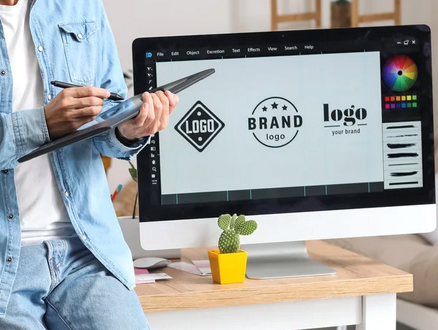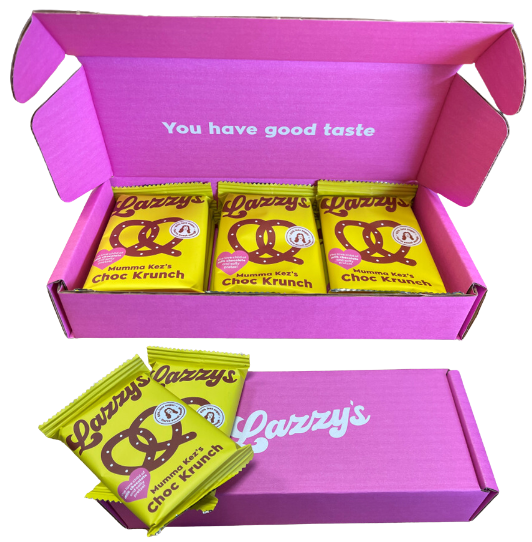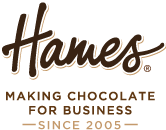Packaging Matters: Designing the Perfect Look for Your Private Label Chocolate Lines

In the fast-paced world of private-label chocolate manufacturing, the quality of the product is paramount, but equally important is the packaging that encases it.
Packaging is not just a protective shell; it’s a critical component of your brand's identity and marketing strategy. For our private-label chocolate customers, designing the perfect packaging will make a significant difference in capturing consumer interest and fostering brand loyalty.
The Importance of Packaging
Packaging serves several essential functions beyond holding the product. It protects the chocolate from environmental factors, ensures it arrives in perfect condition, and provides information about the product. More importantly, it is a powerful tool for attracting customers and differentiating your brand in a crowded market.
Effective packaging design can evoke emotions, tell your brand story, and create a memorable unboxing experience.
Key Elements of Effective Chocolate Packaging Design
1. Brand Identity and Consistency
Your packaging should reflect your brand’s identity. This includes consistent use of colours, fonts, logos, and other brand elements. Whether your brand exudes luxury, sustainability, or fun, the packaging should communicate this instantly to the consumer.
2. Material Selection
The choice of packaging materials is crucial. Sustainable and eco-friendly materials are increasingly popular with our customers and can enhance your brand’s appeal to environmentally conscious consumers. Materials like recycled paper, biodegradable plastics, or reusable containers not only protect your product but also align with global sustainability trends.
3. Visual Appeal
The visual design of your packaging must catch the eye. High-quality images, elegant designs, and a well-thought-out colour scheme can make your product stand out on the shelf. The design should also reflect the flavour and quality of the chocolate inside, enticing customers to pick it up and make a purchase.
4. Functionality
While aesthetics are important, functionality should not be overlooked. The packaging must be easy to open, resealable if necessary, and sturdy enough to protect the chocolate during transport and storage. Innovative designs, such as packaging that doubles as a gift box, can add extra value for consumers.
5. Storytelling
Consumers are drawn to brands with a story. Use your packaging to convey your brand’s story, heritage, and values. Whether it’s the origin of the cocoa beans, the craftsmanship involved in creating the chocolate, or the ethical practices you follow, let your packaging speak for your brand. Also, think about ways to make your packaging engaging and interactive with features such as QR codes and product trivia!
6. Regulatory Compliance
Ensure your packaging meets all regulatory requirements. This includes clear labelling of ingredients, nutritional information, allergen warnings, and any other legal mandates. Compliance not only avoids legal issues but also builds trust with your customers.
In the realm of private-label chocolate manufacturing, packaging is not merely an afterthought but a vital component of your brand strategy. By investing in well-designed, functional, and visually appealing packaging, you can enhance your product’s appeal, build a strong brand identity, and ultimately drive sales.
Remember, the perfect packaging design tells your brand’s story, resonates with your target audience, and stands out in the marketplace.
From large, boxed chocolates to easter eggs and chocolate bars, we love working with our customers to develop thoughtful packaging that will ensure that your delicious chocolates receive the attention they deserve, from the first glance to the final bite.

